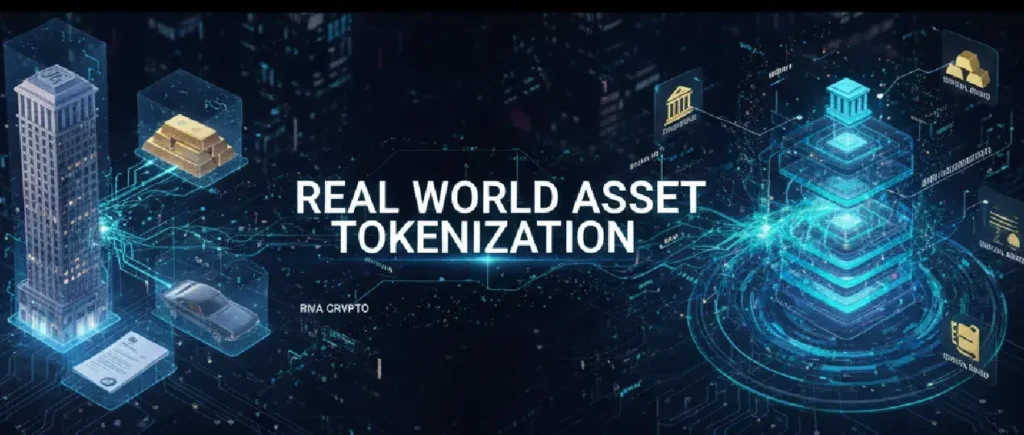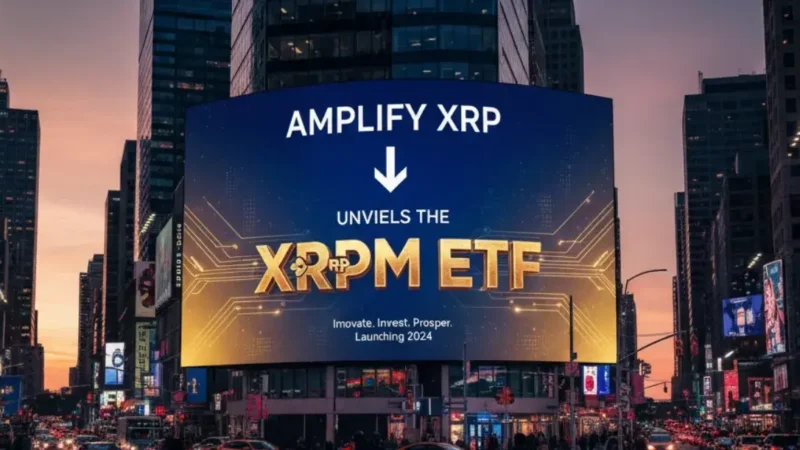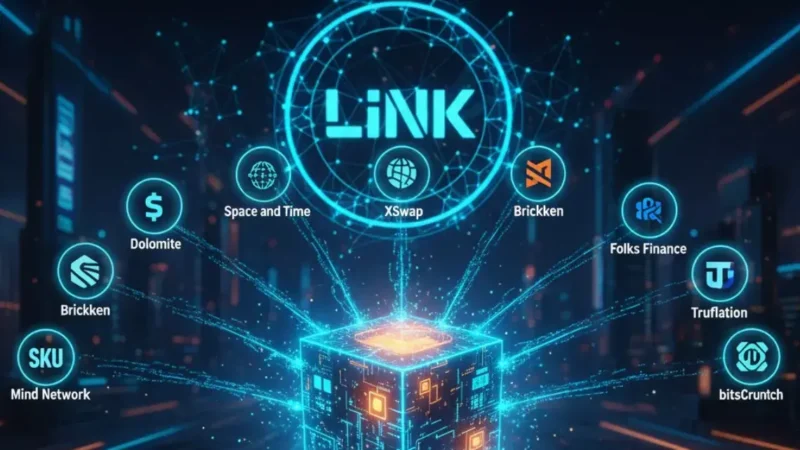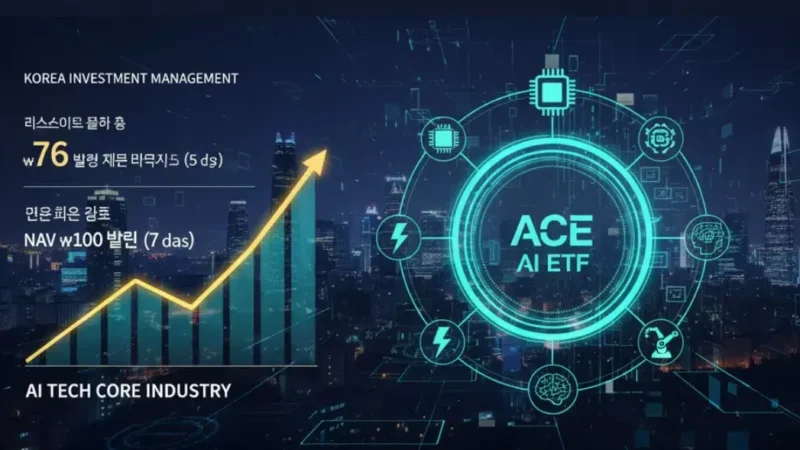Real world asset tokenization: The Next Big Trend?

The Bridge Between Two Worlds: From TradFi to DeFi
For years, the worlds of traditional finance (TradFi) and decentralized finance (DeFi) have operated in separate universes. TradFi, with its multi-trillion dollar markets for stocks, bonds, and real estate, is governed by established legal frameworks, intermediaries, and centralized control. DeFi, on the other hand, is built on the principles of trustless, permissionless, and open-source systems. The challenge has always been how to bridge this chasm.
The answer is emerging in the form of real world asset tokenization. This transformative trend seeks to digitize physical and financial assets and bring them onto the blockchain, unlocking a new frontier of liquidity, accessibility, and utility. By converting a tangible or intangible asset into a programmable token, a new wave of capital and utility is poised to flow into the blockchain ecosystem. The question is no longer if this will happen, but how quickly it will redefine the financial landscape.
What is Real-World Asset Tokenization?
At its core, real world asset tokenization is the process of creating a digital representation of a real-world asset on a blockchain. This digital token acts as a transparent, immutable, and verifiable certificate of ownership or claim on the underlying asset.
The Core Concept: Digitizing Everything
Think of it like this: A painting in a museum, a high-yield corporate bond, or an apartment building can be legally owned by a Special Purpose Vehicle (SPV). The ownership of the SPV is then represented by digital tokens on a blockchain. These tokens can be sold, transferred, or used as collateral within a smart contract just like any other digital asset. This process moves the record of ownership from a dusty legal ledger to a cryptographic one, accessible to anyone with an internet connection.
Why It Matters: Unlocking Unprecedented Value
The benefits of this process are profound and directly address many of the inefficiencies inherent in TradFi.
- Fractional Ownership: A multi-million dollar asset, such as a commercial building or a rare piece of art, can be broken into thousands of smaller, more affordable tokens. This democratization of ownership opens up exclusive investment opportunities to a global pool of investors.
- Enhanced Liquidity: Traditionally illiquid assets, such as real estate, become highly liquid. Instead of waiting months to sell a property, its tokens can be traded on a secondary market in a matter of minutes, 24/7.
- Global Accessibility: An investor in a developing nation can seamlessly invest in a tokenized US Treasury bond or a piece of European real estate without the need for complex and costly international transfers or banking services.
- Transparency and Auditability: The ownership and transaction history of these tokenized assets blockchain are transparent and immutable, verifiable by anyone. This reduces fraud and the need for costly intermediaries.
The Impact on DeFi: The “Real World Asset DeFi” Narrative
The infusion of RWAs into the DeFi ecosystem is the most compelling aspect of this trend. It promises to solve one of DeFi’s biggest challenges: the lack of a stable, low-risk, and productive asset.
Tapping into Trillions of Dollars
The DeFi market, while growing rapidly, is a fraction of the size of traditional finance. By opening up the floodgates to RWAs, the capital available to DeFi protocols could increase by orders of magnitude. The value of global real estate alone is estimated to be over $300 trillion, while global debt markets are in the hundreds of trillions. Even a small fraction of this capital flowing into real world asset DeFi would be a transformative event.
Providing Sustainable Yield
One of the criticisms of early DeFi was that its yields were often unsustainable, fueled by inflationary token emissions or the volatile performance of speculative crypto-native assets. The influx of RWA crypto assets fundamentally changes this. For example, tokenized private credit or government bonds can provide a yield tied to real-world interest payments, creating a reliable and predictable return. This makes DeFi a more attractive and stable alternative for institutional investors and risk-averse individuals.
The Technological and Legal Framework
Bringing a physical asset onto a digital ledger is not a simple task. It requires a sophisticated stack of technology and legal frameworks to ensure integrity.
The Role of “Tokenized Assets Blockchain”
The blockchain provides the foundational infrastructure. While public blockchains like Ethereum and Solana are common for their security and transparency, private or permissioned blockchains may be used for assets that require strict access control. The tokens themselves are typically represented by established standards:
- ERC-20: For fungible assets like shares, commodities, or bonds where each token is identical.
- ERC-721 or ERC-1155: For non-fungible assets like real estate or art, where each token is unique.
Specialized protocols, often referred to as RWA crypto platforms, handle the critical processes of verification, on-chain issuance, and management of the underlying assets.
Navigating the Legal and Regulatory Hurdles
The primary challenge for real world asset tokenization is bridging the gap between a cryptographic token and a legally enforceable, off-chain claim of ownership.
- The Legal Wrapper: Every tokenized asset requires a legal structure—often a legal entity (like an SPV) that legally owns the asset and is bound to a smart contract. This provides the legal “off-ramp” should any issues arise.
- Jurisdiction and Compliance: The legal treatment of these assets varies significantly across jurisdictions. Navigating these complexities, as well as implementing robust Know Your Customer (KYC) and Anti-Money Laundering (AML) checks, is non-negotiable for any institutional-grade RWA crypto project.
- The Custody Problem: The physical custody of the underlying asset must be managed by a trusted, regulated third party. While the token is decentralized, the asset itself is not.
These challenges highlight the fact that while the technology is powerful, the success of this trend hinges on the development of clear regulatory guidelines and a robust legal infrastructure.
Case Studies and Key Players in the “RWA Crypto” Space
This isn’t a theoretical concept; it’s already a burgeoning industry.
On-Chain Bonds and T-Bills
The most mature use case for real world asset tokenization is bringing government bonds and US Treasury bills onto the blockchain. These assets are considered extremely low-risk and are widely used by institutions. By tokenizing them, they become available to DeFi protocols as collateral or a source of real yield. Platforms like Ondo Finance and Backed Finance are leading the charge in this area, offering tokens that represent ownership of these traditional securities.
Real Estate and Private Credit
For larger, more complex assets, the approach is different. Platforms focused on real world asset DeFi for real estate allow for fractional ownership of properties, while those focused on private credit tokenized loans to corporations, offering investors a direct, on-chain exposure to a historically exclusive asset class. Centrifuge and Maple Finance are prime examples of protocols bringing this type of institutional credit to DeFi.
The Future: Is This the Next Big Trend?
The signs are undeniable. The fundamental value proposition of real world asset tokenization is too powerful to ignore. It offers solutions to deeply rooted problems in traditional finance—illiquidity, inaccessibility, and inefficiency—by leveraging the core benefits of blockchain technology. While significant legal and regulatory hurdles remain, the institutional and corporate interest is rapidly accelerating.
Stay informed, read the latest crypto news in real time!
The integration of the physical world with the digital economy is no longer a distant vision; it’s a rapidly unfolding reality. As the legal frameworks mature and the technological standards become more streamlined, tokenized assets blockchain will become a foundational component of both TradFi and DeFi. This is not just the next big trend; it is likely the force that will catalyze the mainstream adoption of blockchain technology and forever change how we think about ownership and value.




